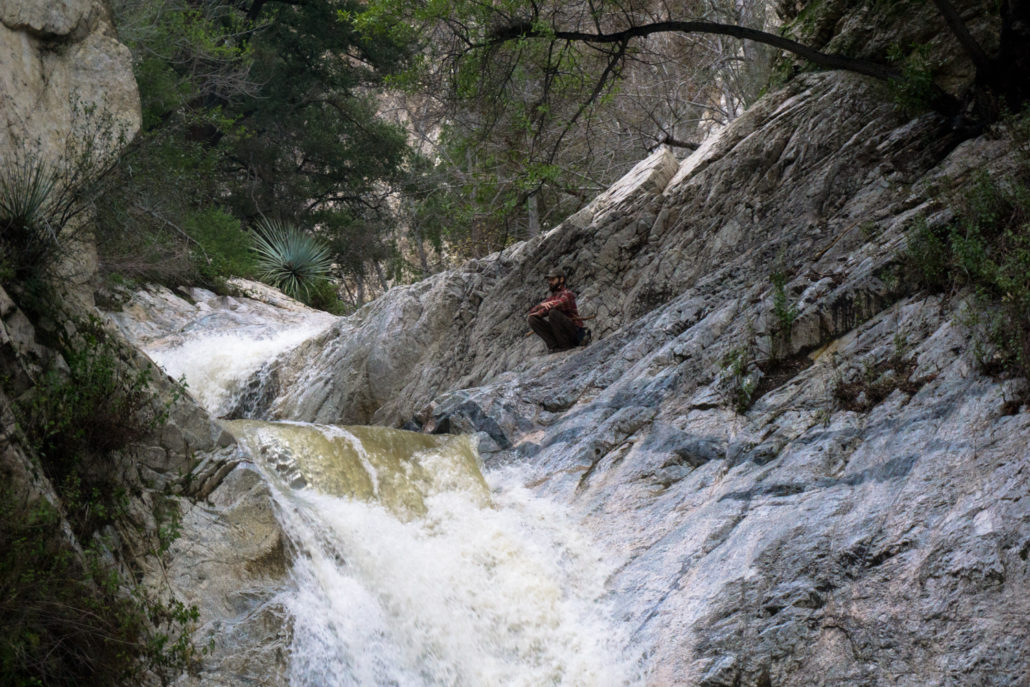
Photo by Raphael Koh on Unsplash
“Nature, for me is raw and dangerous and difficult and beautiful and unnerving.” -Andy Goldsworthy
Hiking to a waterfall can be one of the most rewarding outings in nature — but nestled in the beauty are also some lurking dangers. Horror stories abound of hikers needing to be airlifted, soaking wet, off slippery boulders. Or worse — daring climbers falling to their deaths off the tops of waterfalls. But these cautionary tales need only be that — if you are prepared and follow the recommended safety tips, you can have an incredible hike to some of the most beautiful sites in nature.
1. Don’t jump off waterfalls
This one might be self-explanatory, but history repeats itself, and so must the number one safety tip when it comes to enjoying your waterfall hike. DO NOT JUMP. Even if it seems like a deep pool at the bottom and only a short leap, you never know what can happen. Waterfalls with deep pools one year may have shallow puddles the next, depending on rain levels. Don’t get too close to the edge, either. People have gotten into the water near the edge and slipped and fallen or been dragged in by the current. In fact, the safest place to observe a waterfall is from the base of the falls — but don’t jump into the water from ground level without swimming around in it first. You never know what sharp rocks or unseen logs lie beneath the surface.
2. Wear proper footwear
A major property of water is that it’s, well, wet. And that means the possibility of slipping. Make sure you’re wearing sturdy waterproof boots with good traction, and tread carefully. Some rocks can be covered in algae, which even the best hiking boots won’t necessarily keep you from slipping on, so make sure to keep an eye out and avoid these. To keep your toes from getting cold if water does get through, bring an extra pair of dry, warm socks. You might not always need them, but if you do, you’ll be very happy you have them.

3. Save the selfie
It can be tempting to want to take pictures at the tops of waterfalls. But so many injuries and deaths have happened when hikers accidentally slip and fall while taking selfies or pictures of the view. Keep your phone tucked away and enjoy the view in person. This will help you stay aware of your surroundings, and also let you really take in all that nature has to offer. And make sure you’re keeping an eye out for selfie-taking hikers that may not realize they’re throwing elbows or nudging you close to danger. Think of it like driving — you’re not just paying attention to what you’re doing, but what others around you are doing as well.
4. Read safety signs (and stay on trail)
It can be tempting to stray from the trail when you’re out exploring, especially if you’re feeling adventurous. But remember that it can be extremely difficult for someone to find you if you get lost, and you can’t always count on your cell service to get you by. The trails exist for a reason; stick to them, and you’ll have an easier time finding your way (p.s., this goes for every hike, not just waterfall ones!).
In line with staying on the trails, there may be safety signs posted near the waterfall. Make sure you read them — they are there for a reason! They may give you some extra context on areas you may not have noticed otherwise. If the sign says not to step on certain rocks, avoid them. Remember that you aren’t the exception to the rule.
5. Check the Weather!
In general, we recommend waiting until a day or two after it rains to go hiking for any trail — but patience is even more of a virtue on trails with major water features like waterfalls or river crossings. If you’re hiking during a storm, you are putting yourself at risk for mudslides, flash floods, and lots of other very unnecessary dangers that you can avoid if you just wait for the storm to pass. Even after those storms have passed, though, you can expect any river or stream crossings to be more difficult, additional debris and slides on the trail, and other changes to the hiking conditions you might have experienced in dry weather. Wait for a few dry days and check with rangers or land managers to see what condition your trail is in before you venture out — and if it gets too gnarly for you while you’re out there, don’t feel bad about turning around and waiting for a better time!
Tags: safety, waterfalls
